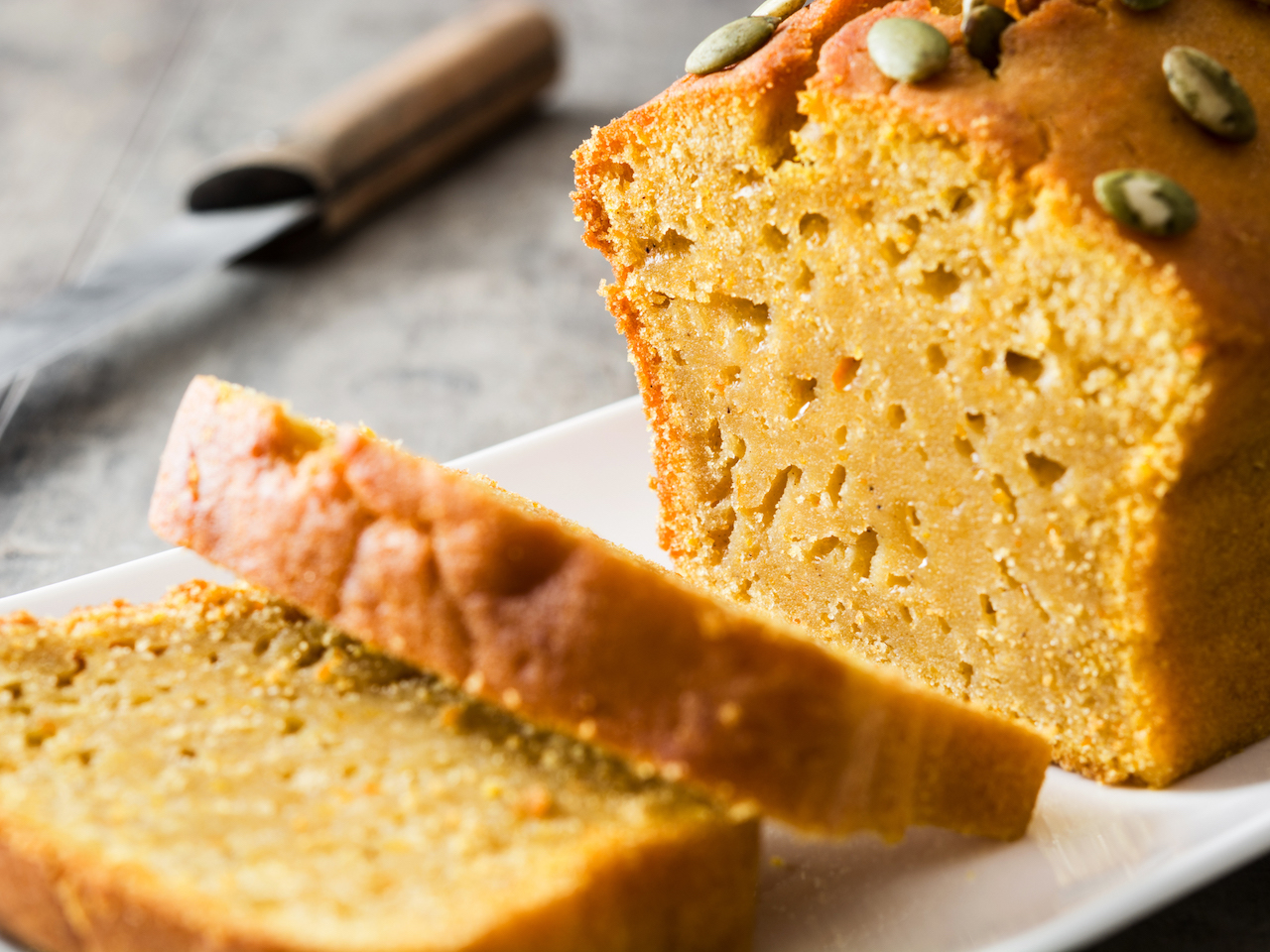Ever wondered why most celebrations are incomplete without a cake? Just have a look into the history of this famous dessert.
The word “cake” was borrowed from the Vikings. They called round and dense sweetened bread “kaka”. Kakas were given to people as tokens of appreciation and love. And because the ingredients used were usually hard to come by and expensive.
Long before the Vikings, ancient Egyptians were the first to bake cakes. Back then, cakes were made with yeast, sweetened with honey and dry fruit.
The round shape, which is traditional for cakes, represents anything from the “circle of life” to the Sun and the Moon.
No celebration is perfect without a cake
Cakes have always been baked for celebrations. The ancient Greeks started the tradition of decorating them with candles for Artemis, the Goddess of the Moon.
In the Middle Ages, the tradition got adopted in Germany to celebrate children’s birthdays. The number of the lit candles was representative of the years the birthday child had lived so far.
When it comes to weddings, Brits have created the tradition of decorating cakes with the “Royal Icing”.
Baking started booming during Industrial Revolution
The baking industry boomed with the Industrial Revolution and the invention of baking soda by the British scientist Bird. His wife was yeast-intolerant, which inspired Bird to create a harmless ingredient. His invention changed the original composition of cakes once and for all.
With soda, the dough became lighter. And sugar and spice became more accessible to a wider circle of people.
Soon the tradition of enjoying a cake with a cup of tea in the afternoons spread beyond the gentry.
Cakes are enjoyed all over the world
Stepping outside of Europe, cakes were made and enjoyed all over the world for hundreds of years.
The recipes are numerous, and some are still unique to particular regions. In Asia, for example, cakes are often steamed and not baked. And here, too, cakes were always regarded as special treats. They are offered during festivals to deities and people alike.
Has all this talk made you feel like “having a cake and eating it”? Then continue reading this article!
An easy and history-related cake recipe
Let us introduce you to this quintessentially British and very easy “Victoria Sponge”.
This cake has received the name from Queen Victoria, who has popularised it. The cake is made of two sponges with jam and cream spread between the layers.
Ingredients:
- 200 g / ¾ cup of sugar
- 200 g / ¾ cup of butter
- 4 eggs
- 200 g / ¾ cup of self-rising flour
- 1 tsp of baking powder
- 1 tsp of salt
- 2 tbsp of milk
- 100 g / ¼ cup of softened butter
- 50 g / 2/3 cup of icing sugar
- vanilla extract
- 150 g / 2/3 cup of strawberry jam
Preparation:
- Preheat the oven to 180 °C / 350 F. Grease two baking tins and place parchment paper inside them.
- In a large bowl, mix sugar, butter, eggs and self-rising flour. Add the baking powder, salt and milk. Stir until you get a soft and smooth batter.
- Pour the mixture into the tins. Bake for 20 minutes or until a skewer, when inserted inside the sponge, comes out dry.
- Let the sponges cool. In the meantime, prepare the cream with softened butter, icing sugar and a dollop of vanilla extract.
- Spread the cream over one of the sponges, followed by the layer of strawberry jam.
- Place the second sponge over the jam and lightly dust the cake with more icing sugar.
Hopefully, this was a piece of cake for you!











What do you think?